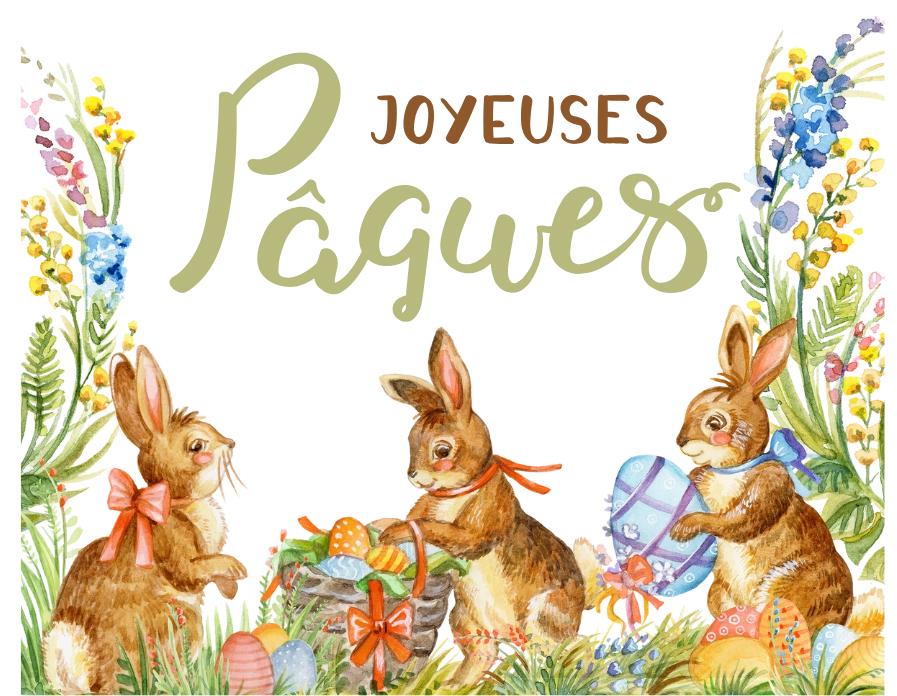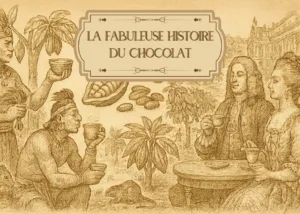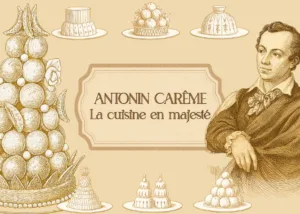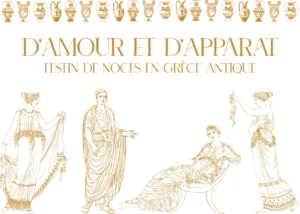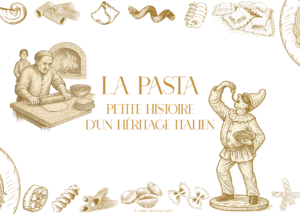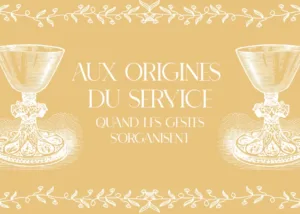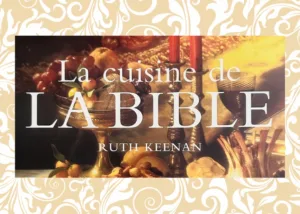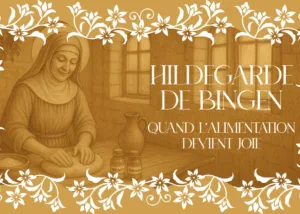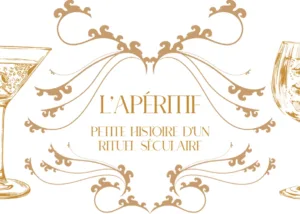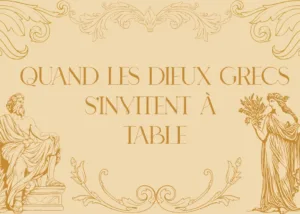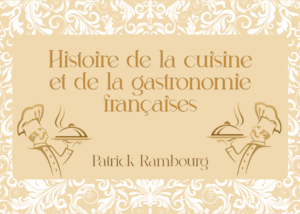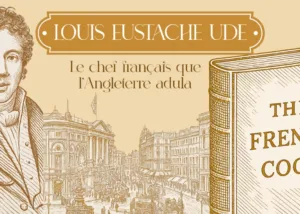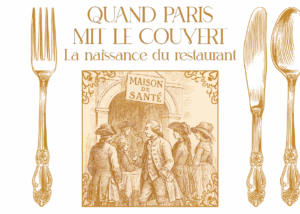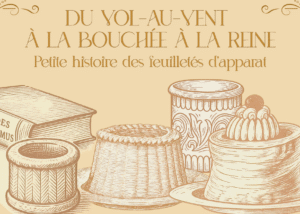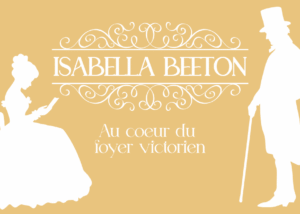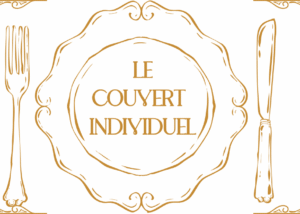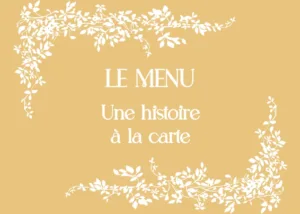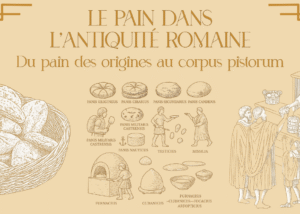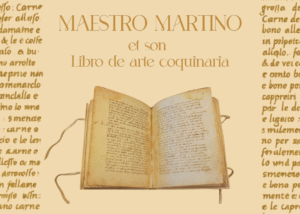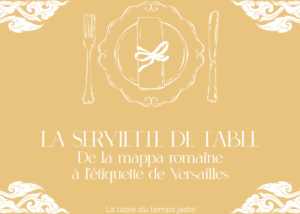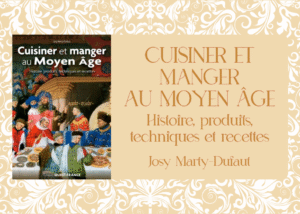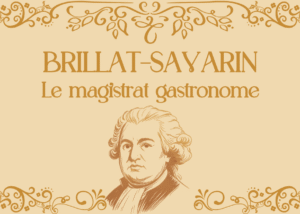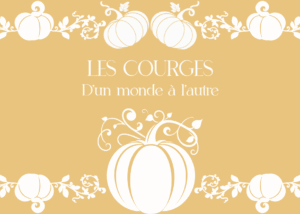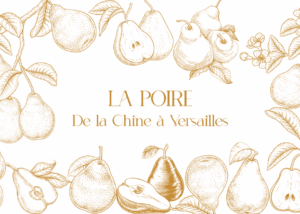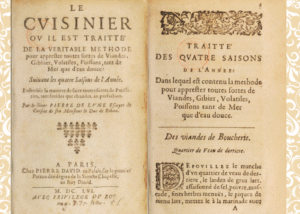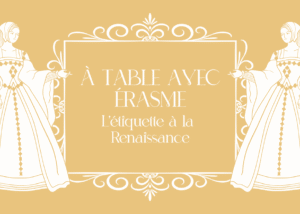Easter sweets
Ancient rituals and childhood pleasures
Easter sweets
Ancient rituals and childhood pleasures

One morning, a mystery
The day rises on a Sunday in April.
The garden comes alive slowly. In still fresh herbs, some eggs shine under dew. Sugar bells, a chocolate hare, a flowery table ... Each detail evokes a ritual. But what do they really say, these symbols that populate our Easter? The story, when listening, is as delicious as a dark chocolate melting under the palate.

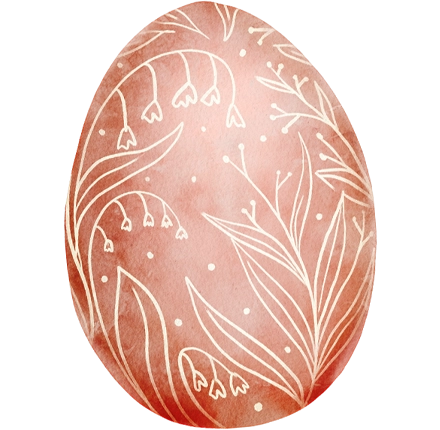
The egg, the first messenger in renewal
Long before appearing on Christian tables, the egg already announced life.
In ancient Egypt, among the Persians or the Romans, we offered themselves painted eggs to greet the return of spring. The Gallic druids were tearing them in red, in honor of the sun.
Symbols of fertility, creation, restart, they accompanied the rites of the awakening of the world.
In Orthodox countries, the egg becomes sacred art. Painted from Holy Thursday, often in red, he exchanges in Easter morning with these words: "Christ is risen", to which we answer: "in truth, he is risen". A gesture, a greeting, a millennial secret transmitted in a low voice.

A tradition born of a prohibition
From the 4th century, the Church prohibited the consumption of eggs during Lent.
But the chickens, indifferent to the liturgy, continue to lay ... We then keep these eggs preciously until Easter, where they become offerings.
This custom develops in the royal courts, then in bourgeois homes. In Alsace, it is document it from the 15th century.
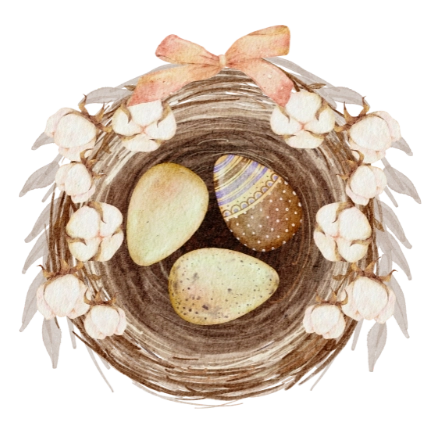


Royal egg, Easter ornament
Under Louis XIV, tradition takes a sumptuous shine. The king asked that he is brought, during Holy Week, the biggest eggs in the kingdom.
He makes them decorate, brown with the gold leaf, and distributes them himself to his courtiers ... and his valetaille.
Later, under Louis XV, his daughter received eggs painted by Watteau and Lancret. The egg becomes an object of art, auction gesture, prestige offering.

When chocolate slips into the shells
Until 18th century, eggs were colored with natural dyes: onion, beet, nettle, chicory. Then, the cocoa revolution occurs. At the end of the 18th century, the egg, emptied of its content, became receptacle of a still rare and precious chocolate.
In 1873, the British chocolate factory Fry & Sons gave birth to the very first molded egg in hollow chocolate. The egg then becomes treat.
The egg is adorned with chocolate, the party takes on a new taste - a taste of childhood.

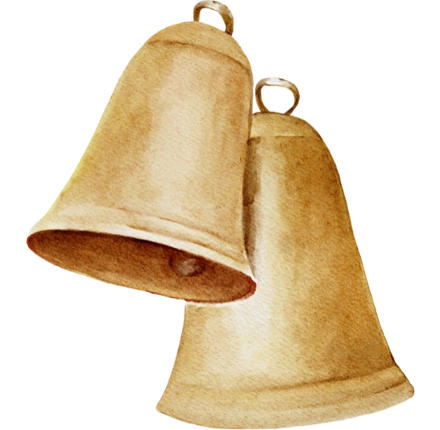
The silence of the bells, the murmur of the legends
Since the 8th century, bells have been silent on Holy Thursday, as a sign of mourning.
But a story softens this silence: it is told to the children that the bells fly to Rome, receive the blessing of the Pope ... and come back, in the past night, sowing eggs, casseroles and sweets in the sleeping gardens.

Easter animals
In some countries, it is not a bell, but a discreet animal that brings eggs: a white rabbit in Germany, a hare in Alsace, a stork in Thuringia, a fox in Westphalia, a cuckoo in Switzerland.
The egg hunt, as we know it, gradually emerges in the 19th century, with the development of confectionery.


Easter, a festival of transmission
From Italy to the Polish plains, blessed eggs are at the heart of Pascal Rites in many regions of Europe. In Romagna, region of northern Italy, they are colored with natural pigments and then they are placed in wicker baskets. The day before Easter, they are brought to the church to receive the blessing. On Sunday morning, each family opens the meal on a blessed egg, shared as a renewal wish. In France, this tradition dates back to the Middle Ages. In Paris, some parishes still perpetuate this gesture.
And in Poland, during the święconka, the baskets contain decorated eggs, bread, sugar lamb ... So many blessed symbols, then shared at the table as a sign of peace and renewal.
At my table, tradition and memories
Even today, on my Easter table, there are always eggs as a starter, a leg of lamb accompanied by potatoes and asparagus, cheese and, Dulcis in Fundo, the essential dark chocolate egg . And then, a "Colomba" ... But this is a story for next year, maybe ...
Little personal pleasures and childhood memories.
Because for these symbols, these spring sweets, there is really no age.

